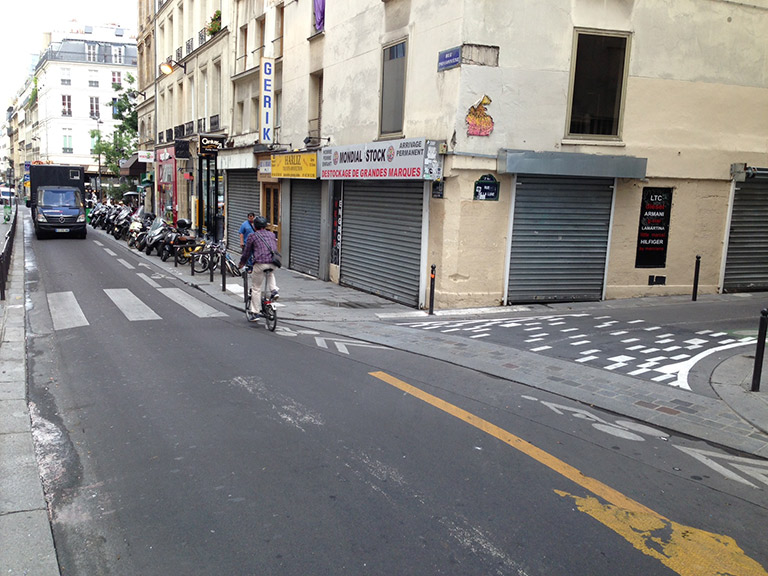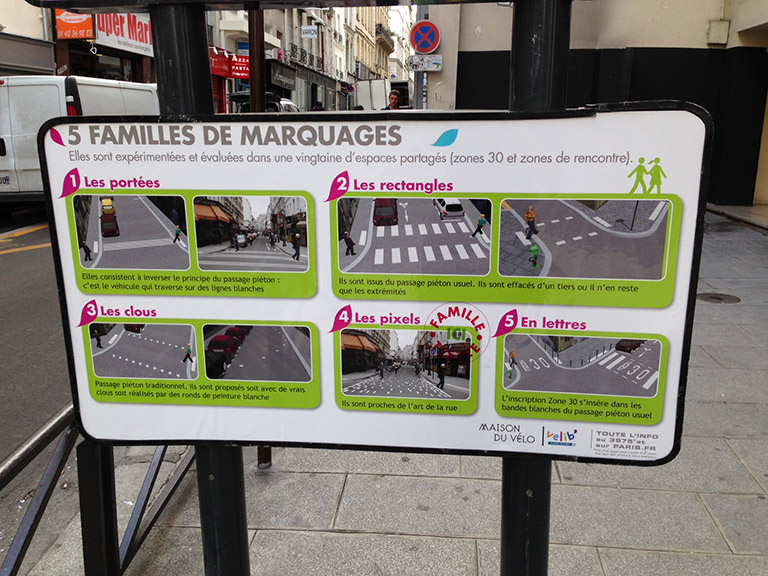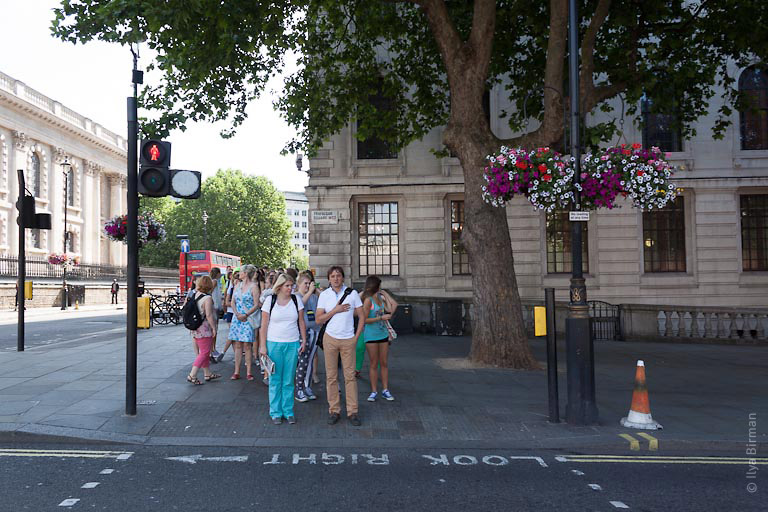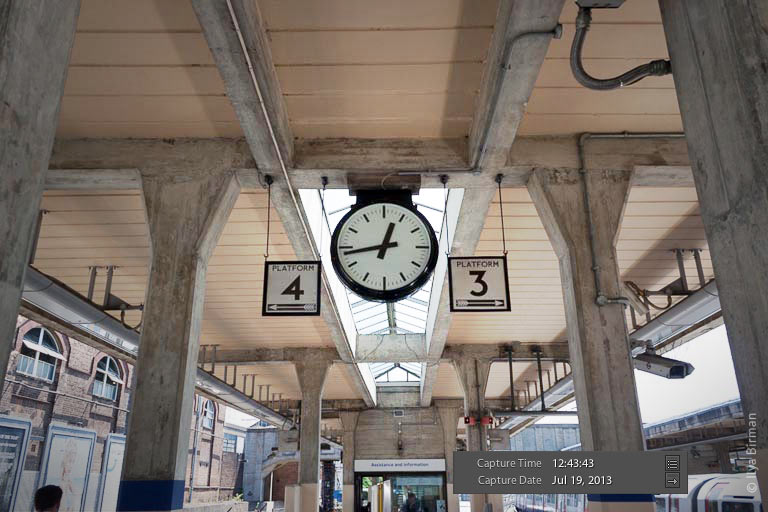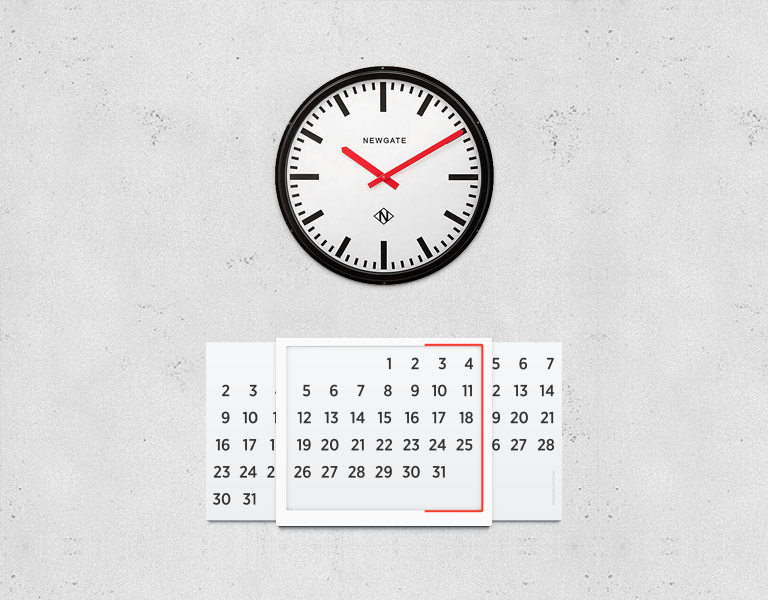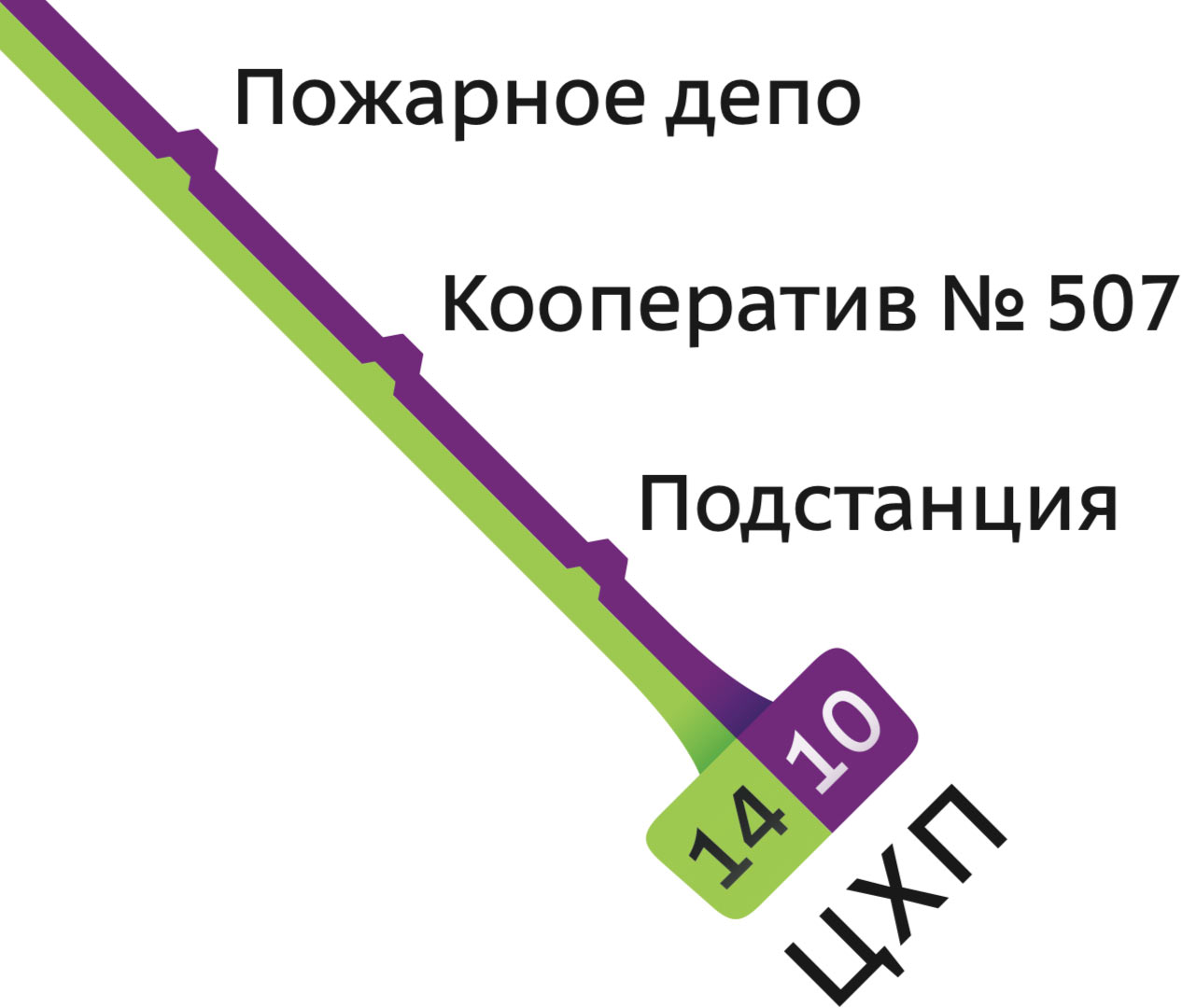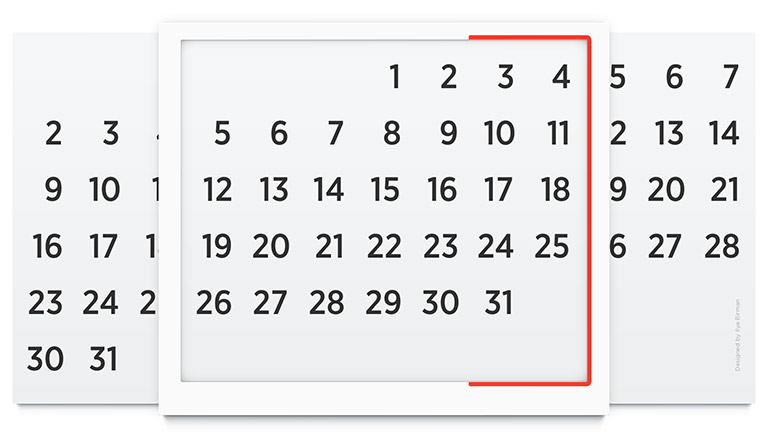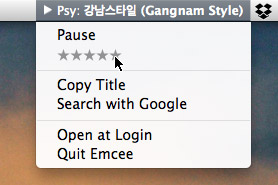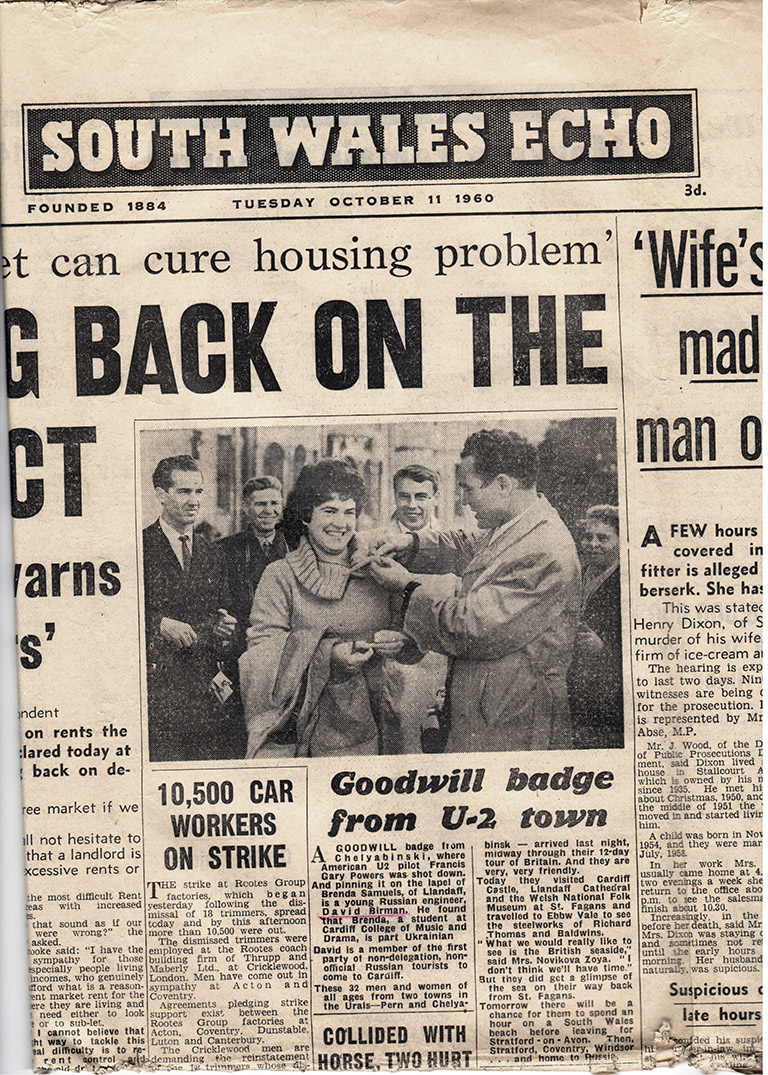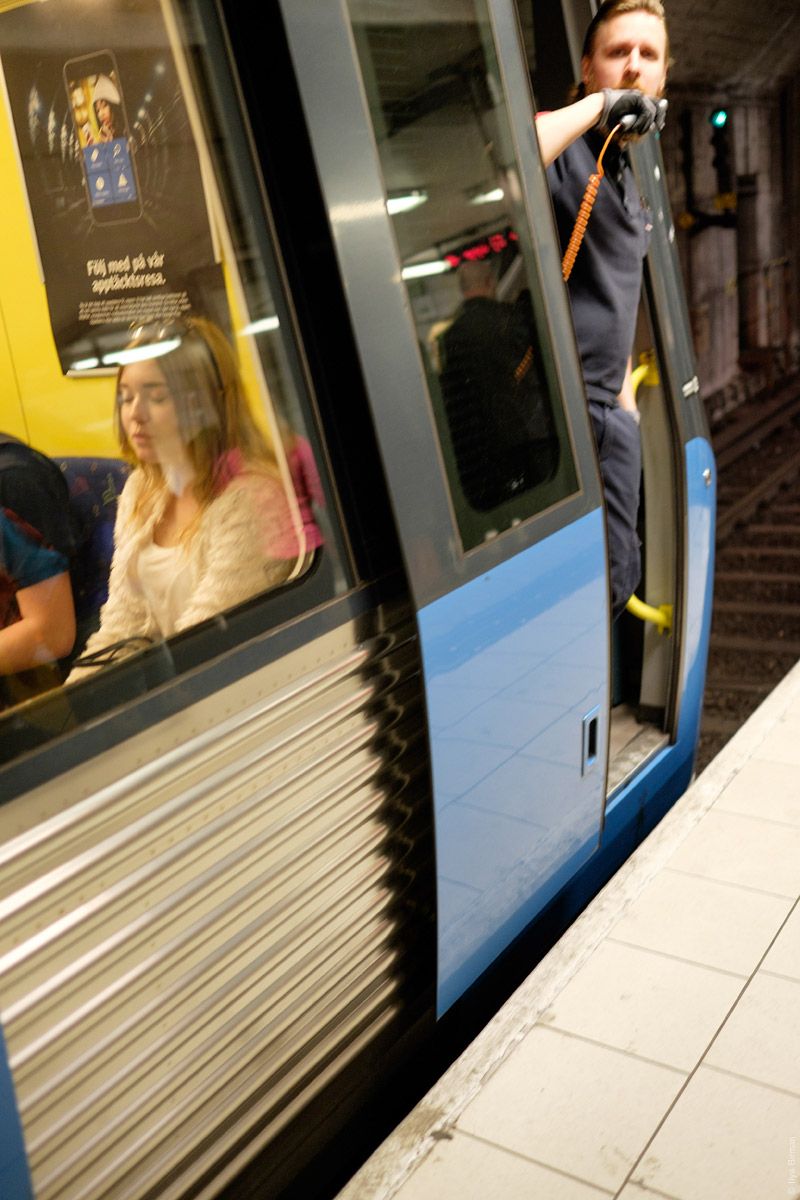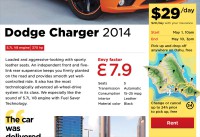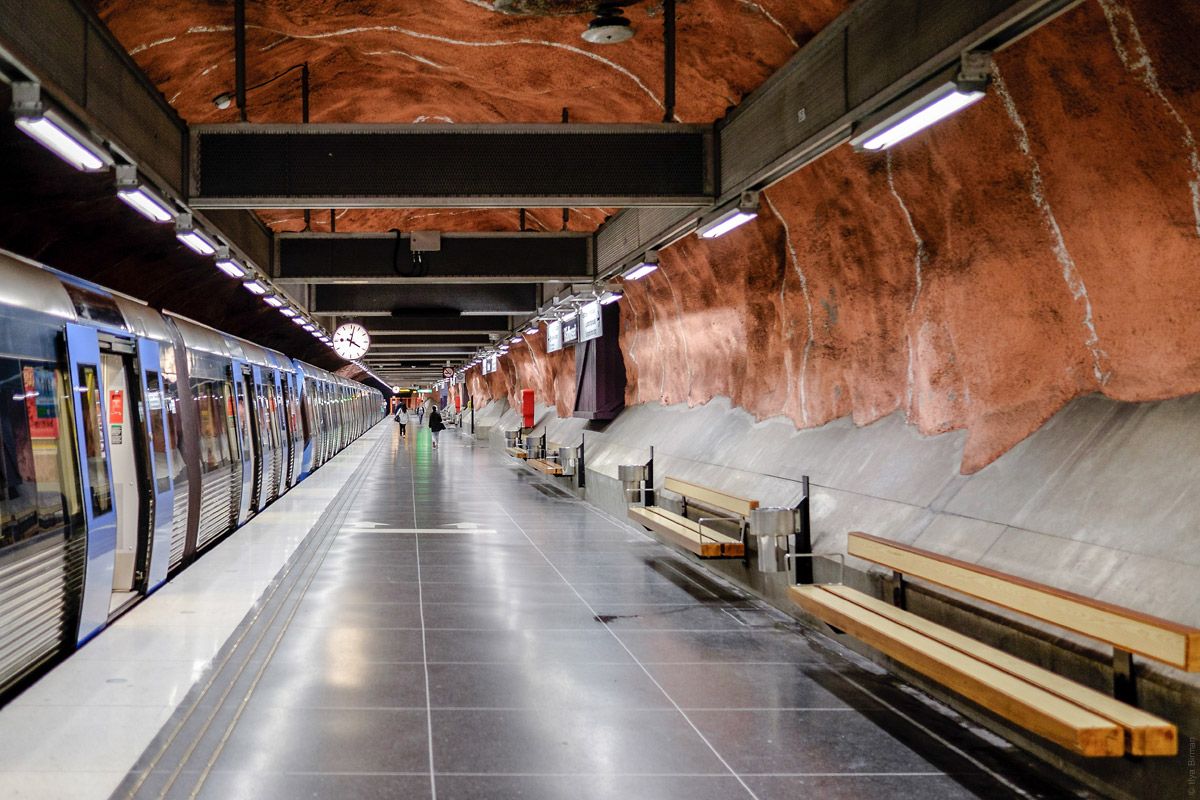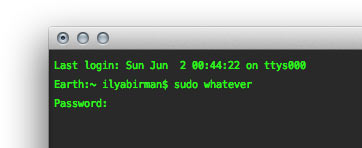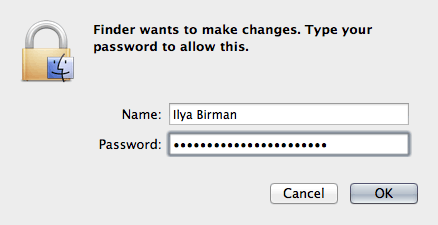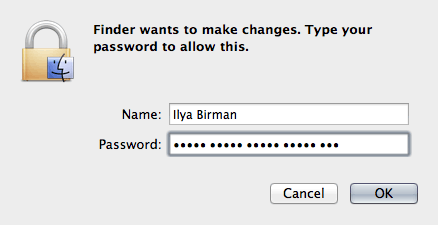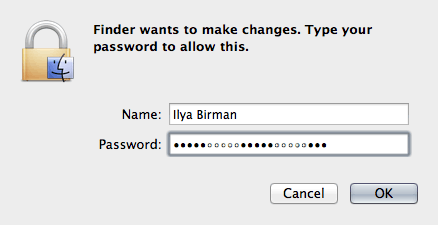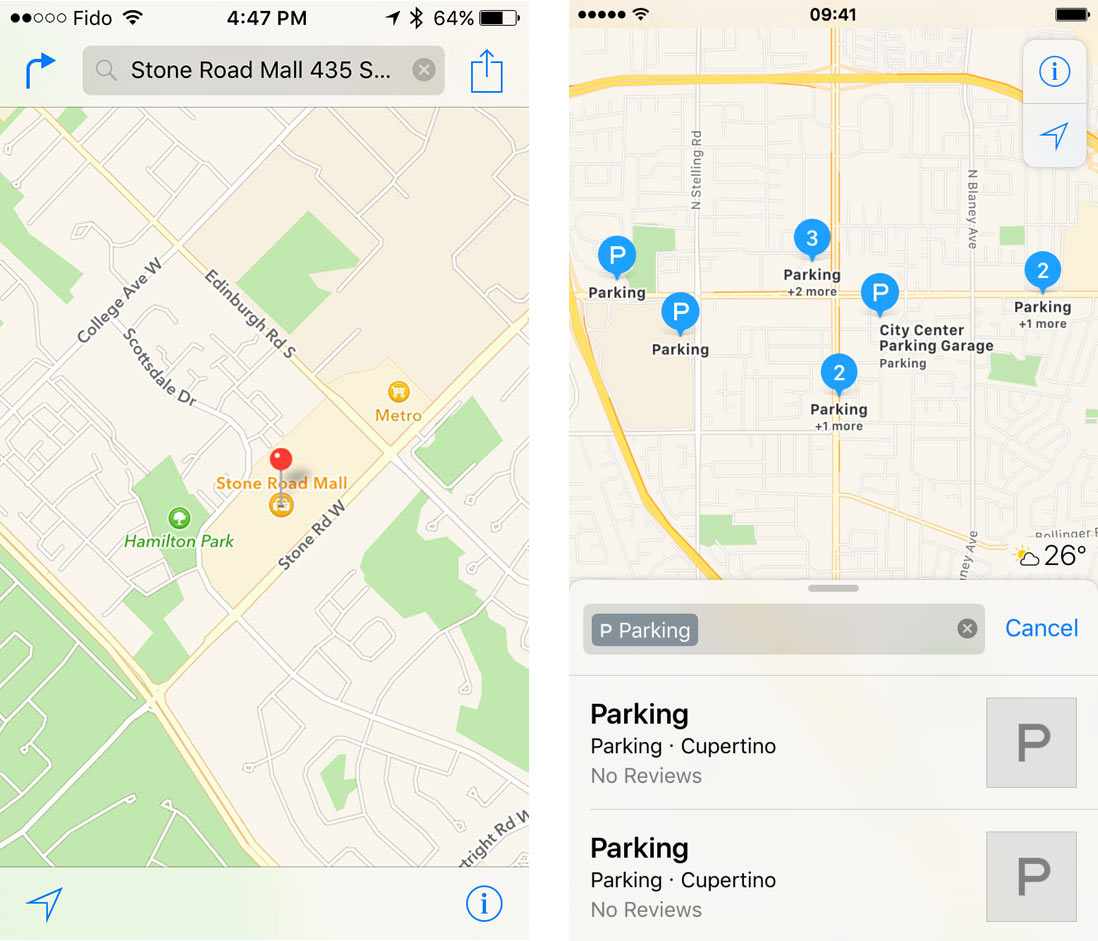Wow, Forebruary was an accidental hit. I’m getting lots of feedback and questions, so I thought I should answer some here. Thank you so much for your feedback!
I want to print it, do you have a PDF?
No, sorry. Printing is cheap these days, so if you are OK with a printed calendar, why not just print a usual calendar every month? Forebruary should be made from nice and expensive materials, it should look great next to a beautiful clock, like this Newgate:
How is Forebruary pronounced?
Starts like “forever”, continues like a month name.
Why a month name?
Because it looks like a wide month.
I already saw this idea before!
Oh? I have not. I’m not sure what I am supposed to do now that you’ve told me, but thank you anyway.
How should I know how many days a particular month has?
Forebruary cannot help with it, it only matches a week day to a date. Many watches also have 31 (or more, sic!) days, you manually reset them to the first each month. If you consider it a major drawback, then Forebruary won’t suit you.
How should I know where to move the frame when a month begins?
You consult your phone, or computer, or even another calendar. It’s like setting time on your clock: you look at another clock you know is correct and adjust yours accordingly.
Why haven’t you put the week days on the frame?
I removed them right before publication. It looks cleaner sans them and works just as well.
What about people whose weeks start on Sundays?
An alternatively painted frame can be produced for the countries where week starts on a weekend, no big deal.
How to buy it?
There is no way so far — Forebruary exists only as a picture. I will update the site if this changes (use RSS or Twitter to follow me). I am actually thrilled by how many people asked this question. Thank you all guys.
I would like to invite you to look through my other projects and generally make yourself at home on my site. I am particularly proud of my work on the Moscow Metro map.
